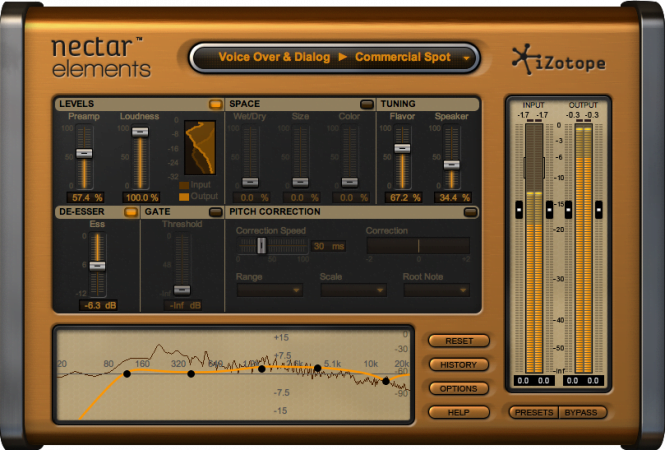

One study in Japan does state that the frequency of lacunar infarcts has decreased since the 1960s due to more aggressive control of risk factors, primarily hypertension. ĭata comparing the frequency of lacunar strokes among different sexes, races, and worldwide populations are not readily accessible. Īnother source reports that a quarter of all ischaemic strokes (a fifth of all strokes) are lacunar type. There are over 20 lacunar syndromes that have been described, but the most common ones are pure motor hemiparesis, pure sensory stroke, ataxic hemiparesis, sensorimotor stroke, and dysarthria-clumsy hand syndromeĪ US study found around 16% of first ischemic strokes in the United States are lacunar strokes and in the African-Americans communuties lacunar infarctions accounted for 22% of first-time ischemic stroke events.

In addition to cognitive decline and dementia, gait problems are also frequently associated with cSVD. cSVD has a crucial role in lacunar cerebral infarction and deep or cortical haemorrhages.

Lacuna stroke are caused by Cerebral small vessel disease (cSVD) a term used for different pathological processes that affect the small vessels of the brain.Lacunar stroke is not benign 30% of patients are left dependent, and scant long term data suggest that up to 25% of patients have a second stroke within 5 years.Although a recognised stroke subtype for over 50 years, the cause of lacunar ischaemic stroke, and whether it is different to cortical ischaemic stroke, remains under debate.Lacunar infarcts are small infarcts (2–20 mm in diameter) in the deep cerebral white matter, basal ganglia, or pons, presumed to result from the occlusion of a single small perforating artery supplying the subcortical areas of the brain.4 Mechanism of Injury / Pathological ProcessĪ quarter of all ischaemic strokes (a fifth of all strokes) are lacunar type.


 0 kommentar(er)
0 kommentar(er)
